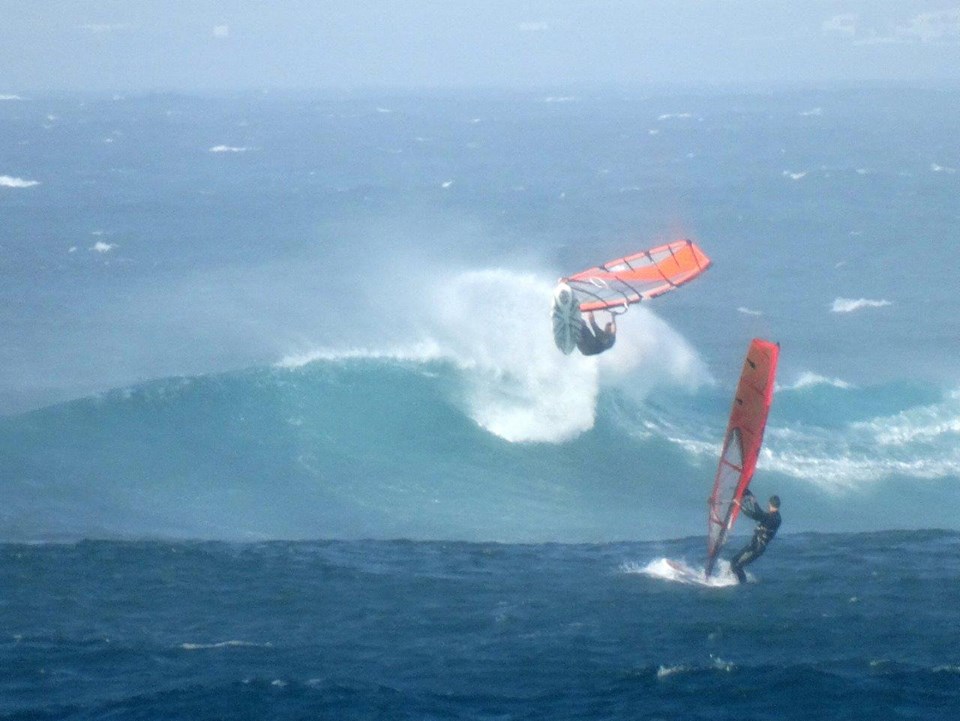Everyone loves an image or video edit of your fave windsurfer going big at spot XXX. As mesmerising as these stunts are they’re a world away from what the majority could achieve? Many of these riders are paid up pros with a large support crew behind them. In most instances he/she going large will have the necessary equipment on tap and most likely access a fat cheque for their troubles at the end of the session. This isn’t to say the everyday windsurfers can’t achieve similar levels of stoke – if not actual similar levels of extreme performance. But that doesn’t matter as long as you’re having fun…
So how do you go bigger? Here are a few tips to help you on your way.
Vital skills
Hitting your local spot on the windiest, waviest day of the year won’t necessary pay dividends. With as much will in the world as those with desire may have if you don’t have the prior skills in place then you’re likely to come a cropper when it gets gnarly. At the very least you may have a bad experience.
Take time prior to your big moment to learn all those necessary on water skills – self rescue included! Building up slowly to pumping conditions is the best course of action. Small steps, that sometimes take a few years to accumulate, will see you having the best time possible. And even if you never attain the great heights you’re aiming for at least you’ll have a goal in mind.
Learn about your kit
As well as having the correct base skills in place for charging you should also be taking time to experiment and ultimately understand what type of windsurfing equipment suits your style. To some degree this may be dictated by the types of conditions you regularly encounter. But you should at least have demoed a variety of kit and develop a broad knowledge base regarding gear.
And this isn’t just to do with board or sail types. Tinkering with fins, for instance, is another area to get to grips with. As with learning new skills understanding equipment is a lifelong pursuit – especially with design trends changing. The fact is, however, the more gear you try across various scenarios the more comfortable you’ll be when pairing this knowledge with actual physical skill. In practice you’ll be more comfortable on the water – mentally and physically.
Know the spot
On big days it pays to have done a few recci missions before Mother Nature unleashes. During particular calm spells snorkelling and free diving the area will give riders an idea of what’s lurking beneath the surface – which coral heads to avoid for instance.
If it’s a wave spot you’re thinking of heading to then maybe having a few SUP or surfing sessions prior to your windy mission will give an idea of how the wave breaks. If it’s simply a case of fighting extreme wind – such as on a speed course – then stand up paddling can give a perspective of what it’s like from the water, before you head out under sail power.
Take things slow
For those of you who have aspirations of BIG windsurfing conditions don’t rush it. The last thing you want to become is a statistic having forced the issue with conditions you’re not ready for. In time, with enough preparation and time on the water you’ll get there. And even if you don’t it doesn’t matter.
Having good solid foundations in place is key for any type of windsurfing, whatever the level you currently sit. Every session is a learning experience and should be used as such. Although one thing to remember, and never lose sight of, is the fun element. Windsurfing is, after all, just that!






